Blog
Jewellok is a professional pressure regulator and valve manufacturer and supplier.
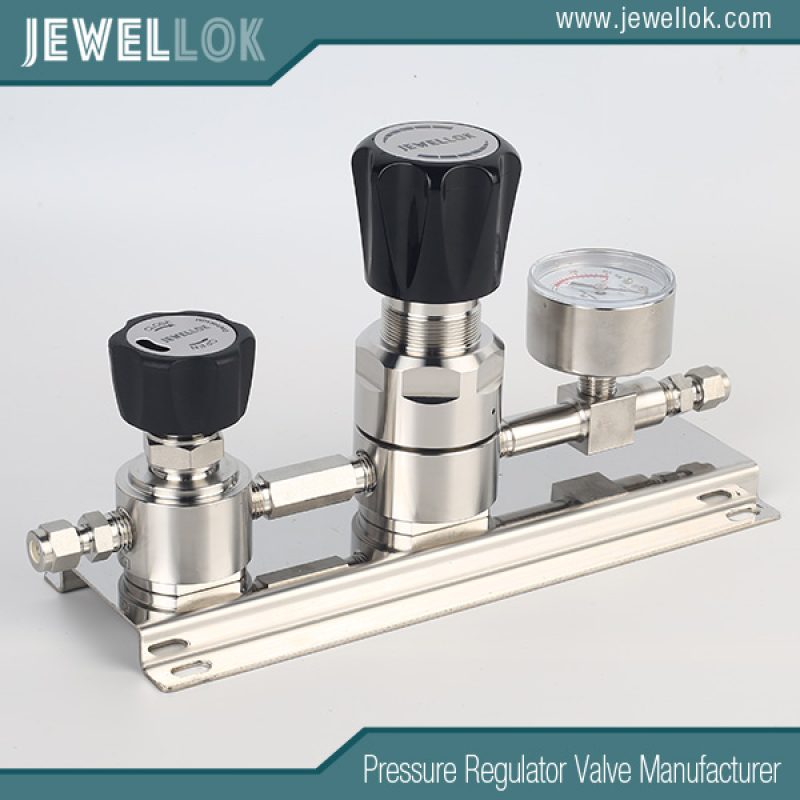
What Is A Back Pressure Regulator?
- Pressure Regulator Valve Manufacturer
- Back Pressure Regulator China, Back Pressure Regulator Factory, back pressure regulator manufacturers, back pressure regulator manufacturers in china, back pressure regulator manufacturers india, Back Pressure Regulator Supplier, back pressure regulator vs pressure regulator, back pressure regulator working principle, China Back Pressure Regulators Manufacturers, how does a back pressure regulator work, what is a back pressure control valve, what is a back pressure regulator, what is a back pressure regulator valve, what is a back pressure relief valve, what is back pressure regulator, working principle of back pressure regulator
- No Comments
What Is A Back Pressure Regulator?
Back pressure regulators (BPRs) are essential devices used in industrial systems to maintain a constant pressure upstream of the regulator. They play a critical role in ensuring the stability, safety, and efficiency of processes where precise pressure control is necessary. This article explores what a back pressure regulator is, how it works, its components, types, applications, benefits, and maintenance considerations, providing a thorough understanding of its importance across various industries.

1. Introduction
Pressure control is a fundamental aspect of many industrial processes, from chemical manufacturing to oil and gas production. Fluctuations in pressure can disrupt operations, damage equipment, or compromise safety. A back pressure regulator (BPR) is a specialized valve designed to address this challenge by maintaining a consistent pressure upstream of itself—meaning the pressure before the regulator in the flow path. Unlike pressure relief valves, which open only to release excess pressure, BPRs actively adjust to keep the upstream pressure stable, regardless of changes downstream. This makes them vital in systems requiring steady conditions, such as reactors, pipelines, and distribution networks.
In this section, introduce the concept of pressure regulation and why it matters. Highlight the BPR’s role in preventing overpressure, ensuring efficiency, and protecting equipment. Set the stage for a detailed exploration of its mechanics and uses, emphasizing its relevance across industries like pharmaceuticals, water treatment, and energy.
2. How Back Pressure Regulators Work
A back pressure regulator operates on a straightforward yet effective principle: it senses the upstream pressure and adjusts the flow through the valve to maintain a predetermined set point. Here’s a breakdown of the process:
Pressure Sensing: A sensing element (typically a diaphragm or piston) monitors the pressure upstream of the regulator.
Set Point Mechanism: A spring or gas pressure establishes the desired pressure level (the set point). The force from this mechanism balances against the upstream pressure.
Flow Adjustment:
If the upstream pressure exceeds the set point, the sensing element moves, opening the valve wider. This allows more fluid to flow out, reducing the upstream pressure.
If the pressure drops below the set point, the valve closes partially, restricting flow and increasing the pressure back to the target level.
This dynamic adjustment ensures stability despite downstream variations, such as changes in demand or blockages. Clarify the distinction between upstream (before the regulator) and downstream (after the regulator) pressure, as BPRs focus on upstream control, unlike standard pressure regulators that manage downstream pressure. Use simple analogies—like a dam adjusting water flow to maintain a reservoir level—to make the concept relatable.
3. Components of a Back Pressure Regulator
A back pressure regulator consists of several key components working together to regulate pressure. Here’s an overview of each:
Valve Body: The outer shell that encases the internal parts and connects to the system’s piping. It’s typically made of durable materials like stainless steel or brass to withstand pressure and corrosion.
Seat and Plug (or Disc): These control the flow. The plug moves relative to the seat to adjust the valve opening—wider for more flow, narrower for less. Precision in their design ensures accurate regulation.
Spring: Provides the force that sets the desired pressure. Adjusting the spring tension (often via a screw or knob) changes the set point. In some designs, gas pressure replaces the spring.
Sensing Element: Usually a diaphragm or piston, this component detects upstream pressure changes and moves the plug accordingly. Diaphragms are common in low-pressure systems, while pistons suit higher pressures.
Describe how these parts interact: the sensing element responds to pressure, the spring sets the baseline, and the seat-plug duo executes the adjustment. Mention material considerations (e.g., compatibility with fluids like gases or corrosive liquids) to show how design varies by application.
4. Types of Back Pressure Regulators
Back pressure regulators come in different designs, each tailored to specific needs. Here are the main types:
Spring-Loaded BPRs:
Description: Use a spring to set the pressure, adjusted manually via a screw or knob.
Advantages: Simple, reliable, and cost-effective.
Uses: Common in general-purpose applications with moderate pressure and flow requirements.
Dome-Loaded BPRs:
Description: Use a gas-filled dome (instead of a spring) to set the pressure, often controlled remotely.
Advantages: Offer higher precision and flexibility, as the set point can be adjusted without opening the regulator.
Uses: Ideal for systems needing frequent changes or high accuracy, like laboratory setups.
Pilot-Operated BPRs:
Description: Feature a small pilot valve that controls a larger main valve.
Advantages: Handle high flow rates or pressures with greater stability.
Uses: Suited for heavy-duty applications, such as oil and gas pipelines.
Compare these types, noting how factors like pressure range, flow capacity, and adjustment needs influence the choice. Include examples: a spring-loaded BPR for a small water system versus a pilot-operated one for a high-pressure gas line.
5. Applications
Back pressure regulators are versatile tools used across numerous industries. Here are some key examples:
Chemical Processing: Maintain steady pressure in reactors or distillation columns to ensure consistent chemical reactions and product quality. For instance, a BPR might stabilize pressure in a vessel producing industrial solvents.
Oil and Gas: Control pressure in pipelines or processing equipment to prevent overpressure and ensure safe transport. In natural gas distribution, BPRs maintain steady delivery despite demand fluctuations.
Pharmaceuticals: Regulate pressure in processes like fermentation or fluid transfer, where precision is critical for sterility and consistency.
Water Treatment: Manage pressure in distribution networks to protect pipes and ensure reliable water supply to consumers.
For each application, explain why pressure control matters (e.g., safety in oil and gas, quality in pharmaceuticals). Add real-world scenarios to make it engaging—e.g., a BPR preventing a pipeline burst during a cold snap.
6. Benefits
Using back pressure regulators offers several advantages that enhance system performance:
Precise Pressure Control: Ensures the upstream pressure stays at the set point, improving process reliability.
System Efficiency: Stable pressure optimizes energy use and reduces strain on pumps or compressors.
Enhanced Safety: Prevents overpressure, protecting equipment and personnel from potential failures or explosions.
Cost Savings: Reduces wear and tear, lowering maintenance costs and downtime.
Elaborate on these benefits with examples: precise control improving yield in a chemical plant, or safety preventing a costly shutdown in a refinery. Highlight how BPRs contribute to both operational and economic outcomes.
7. Common Issues and Maintenance
While BPRs are reliable, they can encounter problems that affect performance. Common issues include:
Leakage: Worn or damaged seats/plugs allow fluid to seep through, disrupting pressure control.
Sticking: Debris, corrosion, or buildup can jam the plug, preventing smooth adjustment.
Incorrect Set Points: Spring fatigue or misadjustment can lead to pressure deviations.
To address these, regular maintenance is key:
Inspection: Check for wear, corrosion, or damage to components.
Cleaning: Remove contaminants that could clog or stick the valve.
Calibration: Test and adjust the set point to ensure accuracy.
Provide practical tips: schedule quarterly checks, use compatible cleaning agents, and train staff on calibration. Emphasize how proactive care extends the BPR’s lifespan and prevents costly failures.

8. Conclusion
Back pressure regulators are indispensable for maintaining stable pressure in industrial systems, ensuring safety, efficiency, and reliability. By sensing and adjusting upstream pressure, they protect equipment, optimize processes, and adapt to diverse applications—from chemical reactors to gas pipelines. Understanding their components, types, and maintenance needs allows users to select and care for the right BPR for their system. As industries demand greater precision and resilience, BPRs will continue to be a cornerstone of effective pressure management.
For more about what is a back pressure regulator, you can pay a visit to Jewellok at https://www.jewellok.com/best-top-10-back-pressure-regulator-manufacturers-in-china/ for more info.
Recent Posts
How a Gauged Two-Stage Propane Gas Pressure Regulator Works
The Best Natural Gas Pressure Regulators Manufacturers in USA
How to Choose the Right Laboratory Gas Valves
The Top High Pressure Hydraulic Needle Valve Manufacturer in 2025
Why the Top Companies Choose Ultra-High Purity Diaphragm Valves
How to Choose the Material Properties of Ball Valve Core?
Tags
Recommended Products
-
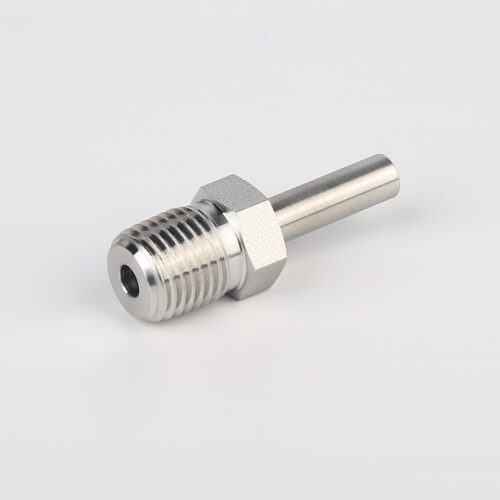
739 High Purity LMR Male Adapter Tube To Pipe Fittings And Adapters
-
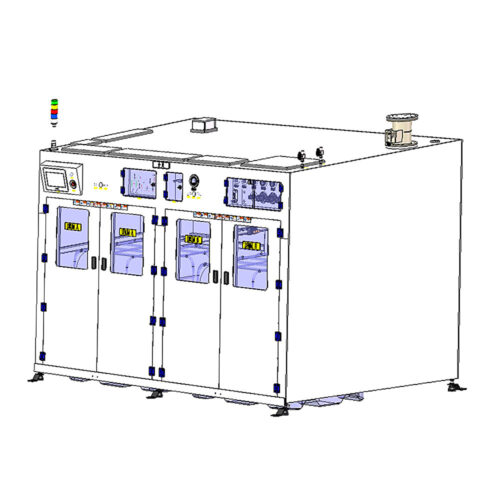
High Purity Chemical Dispense System & Packing System For Semiconductors JW-200L-CDM & JW-1000L-CDM
-
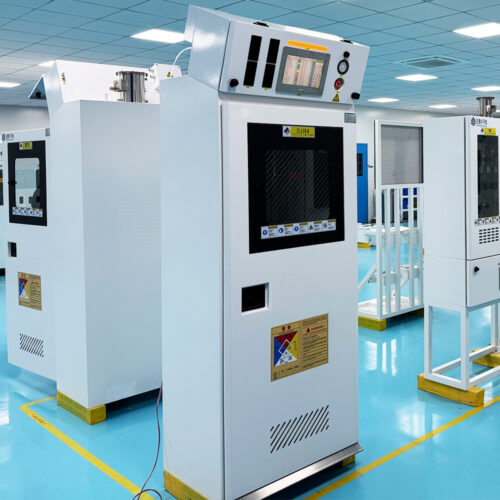
Bulk Specialty Gas Systems (BSGS) Gas Cabinets And Scrubber Tail Gas Treatment Cabinets For High Purity Bulk Specialty Gas Delivery
-

Low Pressure High Flow Line Pressure Regulators And Control Valves JSR-4L Series For Laboratory Pressure Control
-
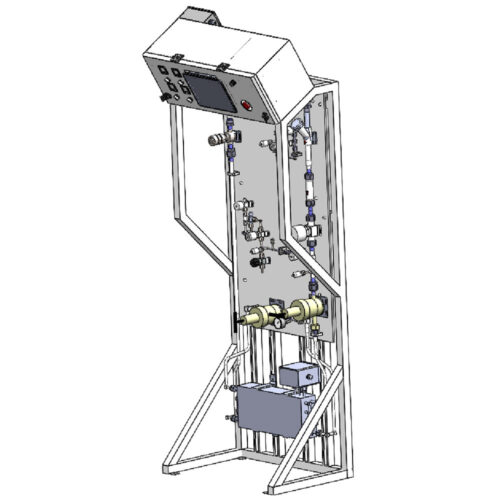
Fully Automated Gas Cabinet Gas Rack Gas Delivery Systems JW-300-GR
-

Scrubber Gas Cabinet Scrubber Tail Gas Treatment Cabinet Vent Gas Scrubber System Heat-Filter Burn Box Gas Scrubber/Abatement System
-
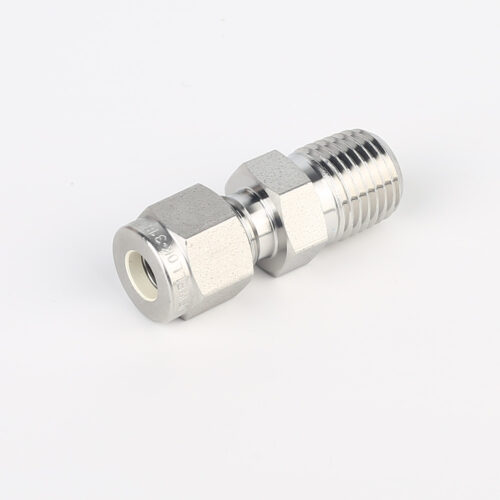
768L Stainless Steel Male Tube Butt Weld Connector | Clean Weld Fittings And Ultra-High Purity Fittings
-
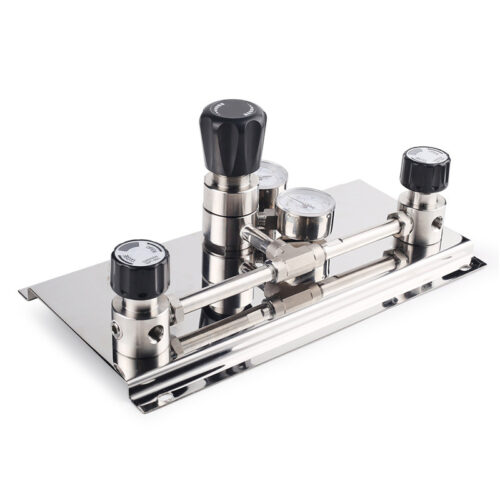
High Purity Semi-Auto Stainless Steel Changeover Manifold System, Nitrogen High Pressure Control Panel With Semiconductor Valve Manifold Box Diaphragm Valves